Jin Roh: The Wolf Brigade
6.8 /10 1 Votes
7.9/10 MyAnimeList 59% Metacritic Genre Animation, Drama, Fantasy Initial DVD release October 26, 2004 Country Japan | 7.6/10 IMDb 55% Rotten Tomatoes Duration Language Japanese | |||||||||||||||||||||||||||||||||
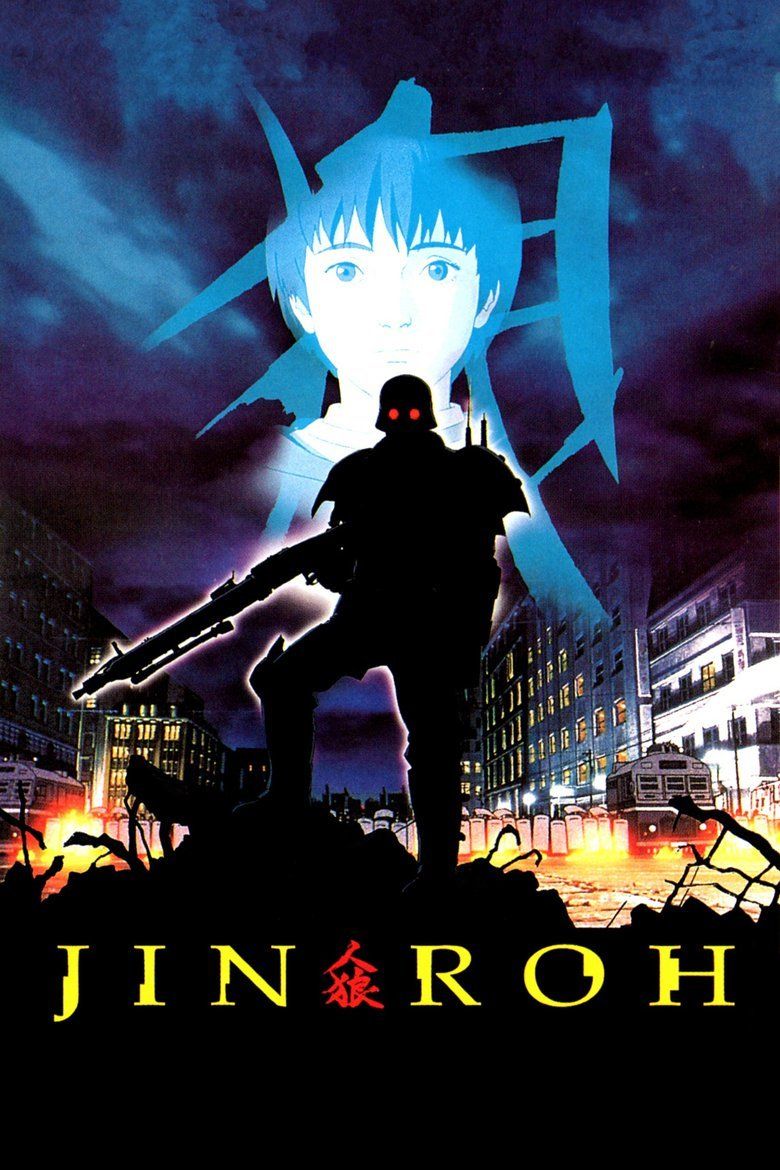 | ||||||||||||||||||||||||||||||||||
Release date November 17, 1999 (1999-11-17) (France)June 3, 2000 (2000-06-03) (Japan) Initial release November 17, 1999 (France) Cast (Kazuki Fuse (Voice)), Sumi Mutou (Kei Amemiya (Voice)), Hiroyuki Kinosha (Atsushi Henmi (Voice)), (Nanami Agawa (Voice)), Kenji Nakagawa (Isao Aniya (Voice)), Kousei Hirota (Bunmei Muroto (Voice))Similar movies 47 Ronin , The Last Samurai , Seven Samurai , The Bridge on the River Kwai , 13 Assassins , Paradise Now Tagline Jin-Roh The Wolf Brigade | ||||||||||||||||||||||||||||||||||
Jin roh the wolf brigade trailer bandai entertainment
Jin-Roh (人狼, Jinrō, lit. "Man-Wolf"), also known as Jin-Roh: The Wolf Brigade in its American release, is a 1999 Japanese animated thriller directed by Hiroyuki Okiura. The film is the third adaptation of Mamoru Oshii's Kerberos saga manga, Kerberos Panzer Cop, after the two live-action films: The Red Spectacles and StrayDog: Kerberos Panzer Cops released in 1987 and 1991 in Japanese theaters.
Contents
- Jin roh the wolf brigade trailer bandai entertainment
- Jin roh the wolf brigade 1998 hd trailer
- Plot
- Cast
- Production
- Printed media
- Soundtrack
- Reception
- References

The film follows Kazuki Fuse, a member of a special police unit during the alternate history 1950s Japanese riots. Failing to follow an order to execute a frightened young girl only to see her commit suicide by detonating an improvised explosive device before his very eyes, Kazuki is put on trial and sent back to the training camp for re-evaluation. Visiting the grave of the suicide, he meets Kei, the girl's sister, who doesn't hold Kazuki responsible for her demise. The film proceeds as the two develop a peculiar relationship.
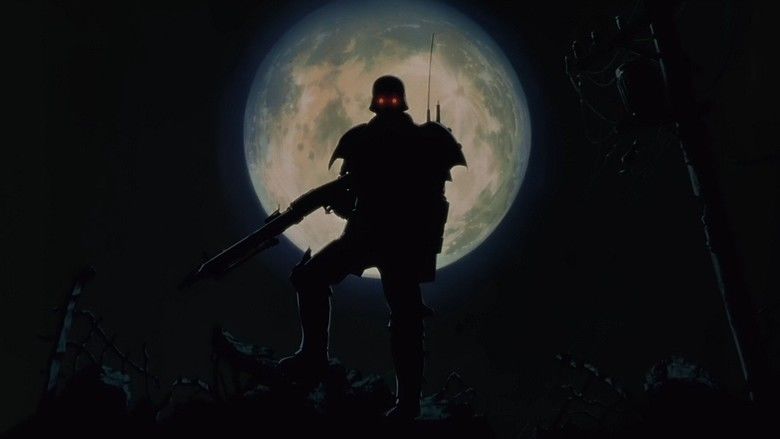
Mamoru Oshii, the creator of the Kerberos saga, had desired to make Jin-Roh years earlier as a live-action film. However, Oshii decided that the film would be animated, and hired Okiura to direct the film and Production I.G to produce the film. The film premiered on November 17, 1999 in France, and Bandai Entertainment licensed the film for an English-language release in North America and Europe. It has been relicensed for Blu-ray/DVD in North America by Discotek Media.
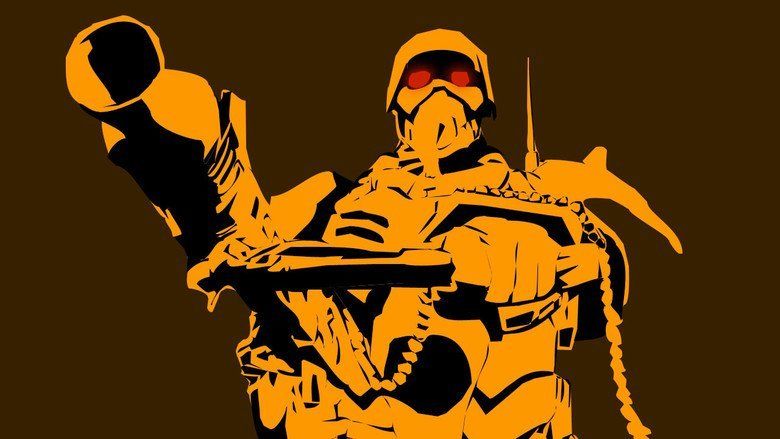
Jin roh the wolf brigade 1998 hd trailer
Plot
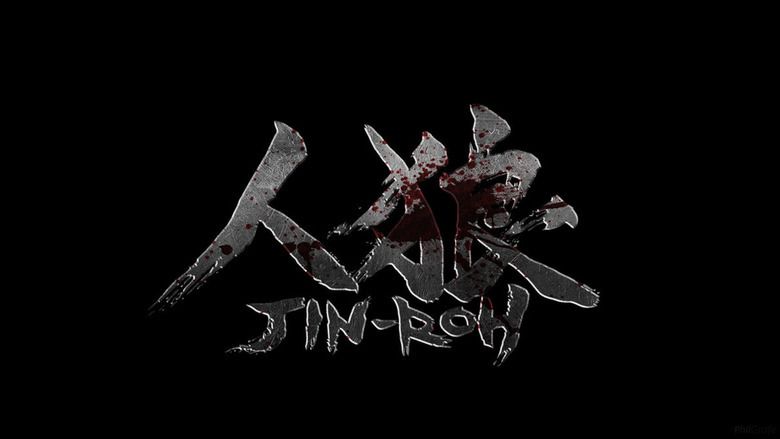
The story is set in a parallel 1950s Japan, in which Germany has conquered Japan. It focuses on Kazuki Fuse, a member of the elite Kerberos Panzer Cops, a metropolitan antiterror unit. Fuse confronts his own humanity when he fails to shoot a young female terrorist. The girl detonates a bomb in front of him, only killing herself. The incident damages the reputation of the unit and Kazuki is punished. He visits the ashes of the dead girl and meets Kei Amemiya, who claims to be the elder sister of the terrorist. They develop a relationship. Kei is eventually revealed to not be the suicide bomber's sister but instead a former bomb courier and a honey trap acting on behalf of the Special Unit's rival division Public Security.
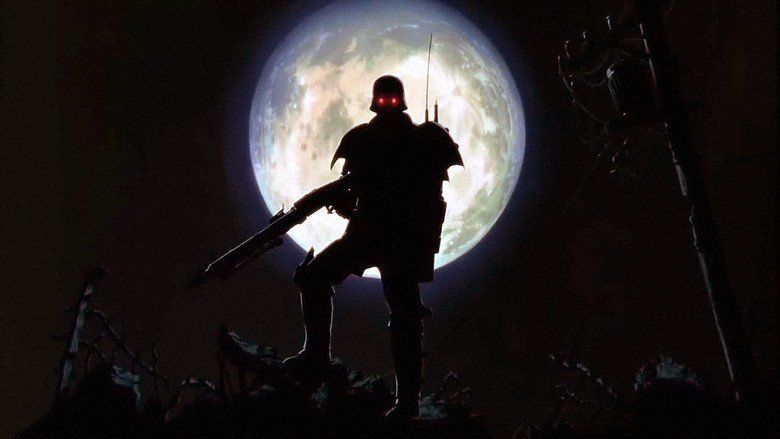
A trap is set up where Kei calls Kazuki one night to say that strange men are following her. It is in fact a Capitol Police joint operation with the Public Security Division intended to discredit the Special Unit, showing a terrorist passing a satchel bomb to a Panzer Cop. Kazuki sneaks in, seizes Kei – neutralizing Capitol Police agents – and gets out of the place with the Public Security Division agents in hot pursuit. Eventually they throw off their pursuers.
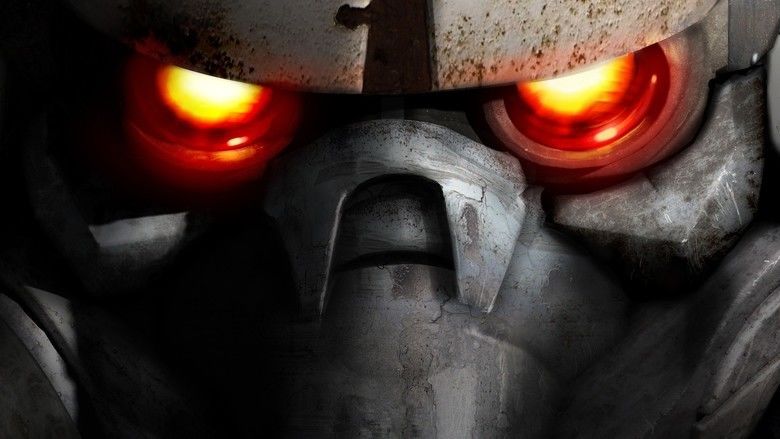
They make their way to the sewers once more, where they are met by members of the Wolf Brigade – a secret, deep-cover unit in the Kerberos Corps led by Hajime Handa. They greet Kazuki and give him a full set of armor and weaponry, before leaving with Kei in tow. It is explained to Kei that the whole affair has been a plot within a plot, as the Wolf Brigade has used Public Security Division's plan to flush out those who were most active in trying to eliminate the Kerberos Corps, and eliminate them in turn. After following the tracking device, Public Security agents make their way to the sewers. They attempt to find Kazuki, without realizing that they are heading into a trap. Kazuki slaughters them all.
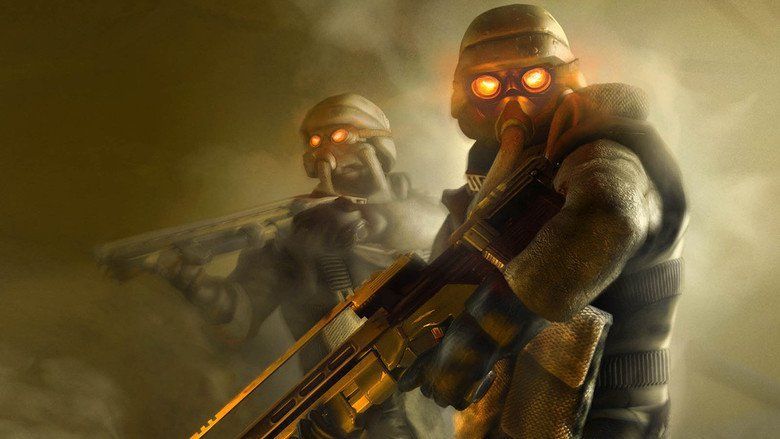
Eventually, the Wolf Brigade and Kei end up at a junkyard to dispose of the bodies. Kazuki is ordered to kill Kei by his superior to ensure she is not recaptured by Public Security. Kazuki then questions the order and his superior threatens him with being kicked out of the unit. Kei embraces Kazuki, she recites the dialogue between the Big Bad Wolf and Red Riding Hood, Kazuki begins to sob, a shot is heard and Kei's monologue is suddenly cut off, she sinks onto the ground. The camera locks onto another member of the Wolf-Brigade, who is securing his gun, apparently he did not have to use it, because Kazuki did. His superior then finishes Kei's monologue with the words: "And then the Wolf, ate up the Little Red Riding Hood."
Cast
Production
Mamoru Oshii had wanted to do Jin-Roh several years prior, and was about to propose the project to Bandai Visual at a meeting. However, they offered him to a job he could not turn down, so the project was put on back burner. The film he ended up making instead was Ghost in the Shell. In the end though, the condition set by Bandai Visual to produce the film was for Mamoru Oshii not to direct it, after the two live versions of the series, The Red Spectacles and StrayDog: Kerberos Panzer Cops, did not perform to expectations. So he offered the job to Hiroyuki Okiura, the animation supervisor who criticized Oshii's handling of accuracy in stage setting during the famed museum sequence featured in Ghost in the Shell. The only thing Mamoru Oshii did after writing the script was to write up additional agitation speech for the opening protest scene, just before the dubbing. He happened to be in the same building for re-mastering of Patlabor 2: The Movie.
Jin-Roh was originally planned to be the third and final live-action feature film of the Kerberos trilogy, but its production wasn't possible until 1994, while Oshii was already working on Ghost in the Shell. As the filmmaker wasn't able to produce two films in the same time but didn't want someone else to direct his final episode, Oshii decided that the third episode would be an anime instead. He committed Jin-Roh as a debut film to a trusted young collaborator, Hiroyuki Okiura for he worked on animation movies such as Ghost in the Shell (character designer) and Patlabor 2: The Movie.
The film's musical score was composed by Hajime Mizoguchi.
Although some believe the movie makes use of rotoscoping for many characters' movements, director Hiroyuki Okiura, interviewed in the Japanese special edition DVD box set, claims that he does not employ the technique. This is consistent with the realistic human animation featured in his other works.
Printed media
Soundtrack
Reception
Hyper commends the film for its "art direction and character design which are beautiful examples of hand-drawn animation and the music fits the action (or lack thereof) brilliantly. However, the film's "slow, deliberate pace" is criticised. Helen McCarthy in 500 Essential Anime Movies called the anime "a must-see" and praised the score and the design, commenting on "some breathtakingly composed scenes".
References
Jin-Roh: The Wolf Brigade WikipediaJin-Roh IMDbJin-Roh MyAnimeList.netJin-Roh Rotten TomatoesJin-Roh MetacriticJin Roh: The Wolf Brigade themoviedb.org
